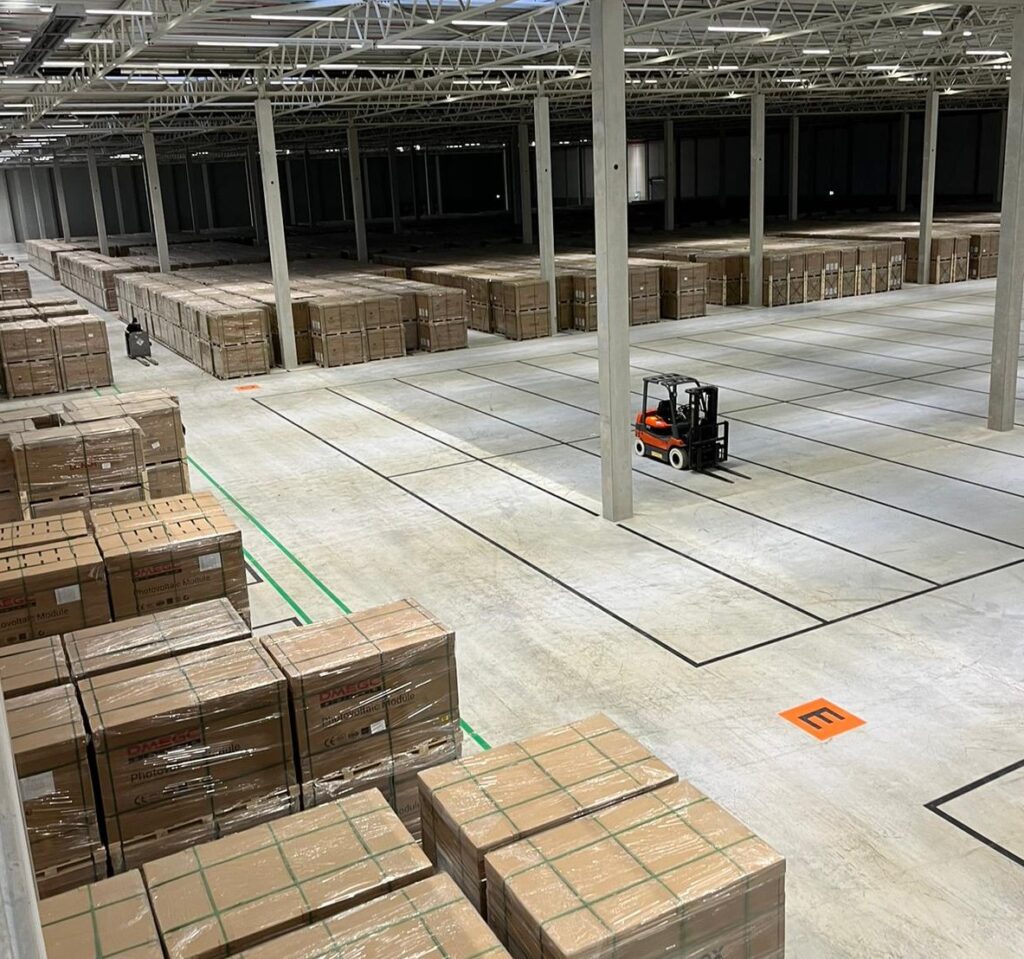Researchers investigated which stock conditions of the solar module can help to guarantee stable PV implementation of solar energy at the lowest costs in Europe. The scientists have shown that the stock is cost -effective, mainly under unfavorable import conditions.
A group of researchers from the Technical Universität Wien in Austria and Norwegian University of Science and Technology has performed a techno-economic analysis to understand what level of solar modules for the European Union can be used to achieve stable Solar PV implementation at the lowest possible costs.
The scientists explained that compared to traditional energy carriers, such as oil and gas, photovoltaic modules are in stock, suffer from relatively fast technological aging. They also noted that the global solar module market is currently characterized by a high concentration in China and oversupply, whereby the EU is highly dependent on import and ultimately unable to reach the 40% solar production benchmark set by the EU Net-Zero Industry Act (NZIA) by 2030.
The research team in particular investigated the Optimal levels of strategic stocks for solar module in the EU by 2050 and the impact of European initiatives to re-create a domestic ecosystem for solar energy.
“In accordance with the approaches of the conventional optimization modeling of the energy system, our analysis optimizes the electricity supply to meet the demand and at the same time minimize the total system costs,” explained it further, and noted that their approach was primarily intended to investigate how different energy scenale niveus influences.
“The most important decisions of the model include determining the optimal capacity and the use of different energy generation technologies, such as hydro, wind and biomass, in addition to the stock levels of solar modules in response to evolving developments in the short and long -term energy system,” it added.
The academics identified 36 future energy scenarios with different levels of EU-Zonne production, energy costs, carbon prices, raw materials, import dynamics, shares of renewable penetration, technological progress and route maps for fossil phasing, among other things. They also predicted that the cumulative PV capacity in the EU can vary from 1,076 GW and 1,784 GW in 2040 and from 1,526 GW to 2,252 GW in 2050.
Their analysis showed that high levels of solar module stock would not probably be in 28 of the proposed scenarios because the economic engine is insufficient for their creation.
With regard to the other 8 scenarios, researchers discovered that they are characterized by High import costs, an import stop or sleek solar market conditions, as well as by reaching the aforementioned 40% benchmark set by the EU for domestic production. “In the 2030s, the average stock levels vary from 164 to 180 GW, which is around 300% of the annual additions,” they emphasized. “Leaves are remarkably lower in earlier and later periods, on average between 27 and 33 GW, which is approximately 50% of the annual additions.”
The academics also noted that the 8 scenarios that are beneficial for the stock also see the import dependency, because the stock system itself ensures that the necessary temporary flexibility between injection and withdrawal, which they say is very similar to a diversification strategy. “Interestingly, the strategic reserve of solar modules has a stabilizing effect on optimum wind and solar capacities, which emphasizes the broader role in the energy system,” they concluded.
The research work was presented in the study “Strategic Solar module Stockpile in the EU: a scenario -based analysis of costs and benefits after 2030“Published in energy policy.
This content is protected by copyright and may not be reused. If you want to work with us and reuse part of our content, please contact: editors@pv-magazine.com.

